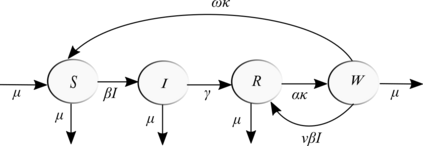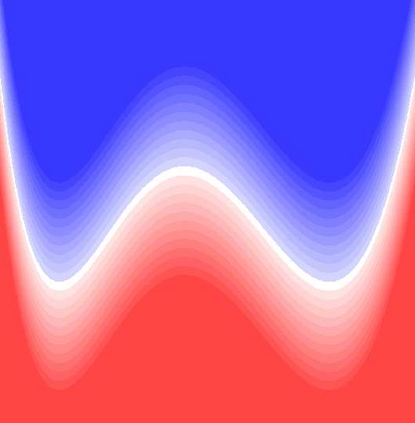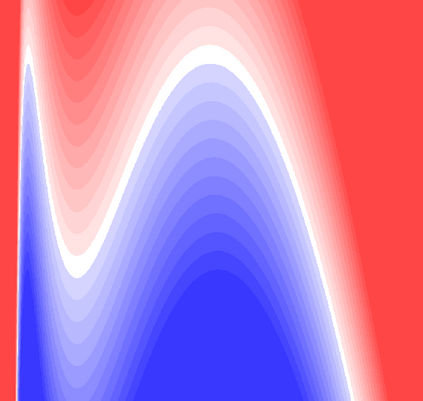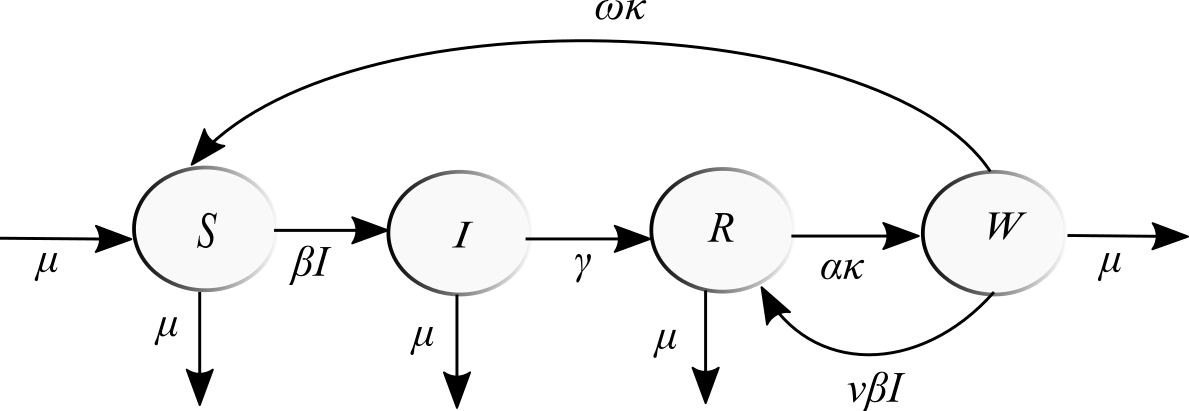SIRS models capture transmission dynamics of infectious diseases for which immunity is not lifelong. Extending these models by a W compartment for individuals with waning immunity, the boosting of the immune system upon repeated exposure may be incorporated. Previous analyses assumed identical waning rates from R to W and from W to S. This implicitly assumes equal length for the period of full immunity and of waned immunity. We relax this restriction, and allow an asymmetric partitioning of the total immune period. Stability switches of the endemic equilibrium are investigated with a combination of analytic and numerical tools. Then, continuation methods are applied to track bifurcations along the equilibrium branch. We find rich dynamics: Hopf bifurcations, endemic double bubbles, and regions of bistability. Our results highlight that the length of the period in which waning immunity can be boosted is a crucial parameter significantly influencing long term epidemiological dynamics.
翻译:SIRS模型捕捉了非终身免疫的传染病的传播动态。 这些模型可以由免疫度下降的个人的W区扩大这些模型,在反复接触时增强免疫系统。 先前的分析假设,从R到W和从W到S的下降速度相同。 这在完全豁免和免疫度下降期间隐含了同等长度。 我们放松了这一限制,允许对总免疫期进行非对称分割。 地方性平衡的稳定开关通过分析和数字工具的结合来调查。 然后, 继续使用方法跟踪平衡分支的两极分。 我们发现丰富的动态: 霍夫两极、 地方性双泡和可变性区域。 我们的结果突出表明, 减轻免疫期的长度是一个关键参数,对长期流行病学动态有重大影响。

















